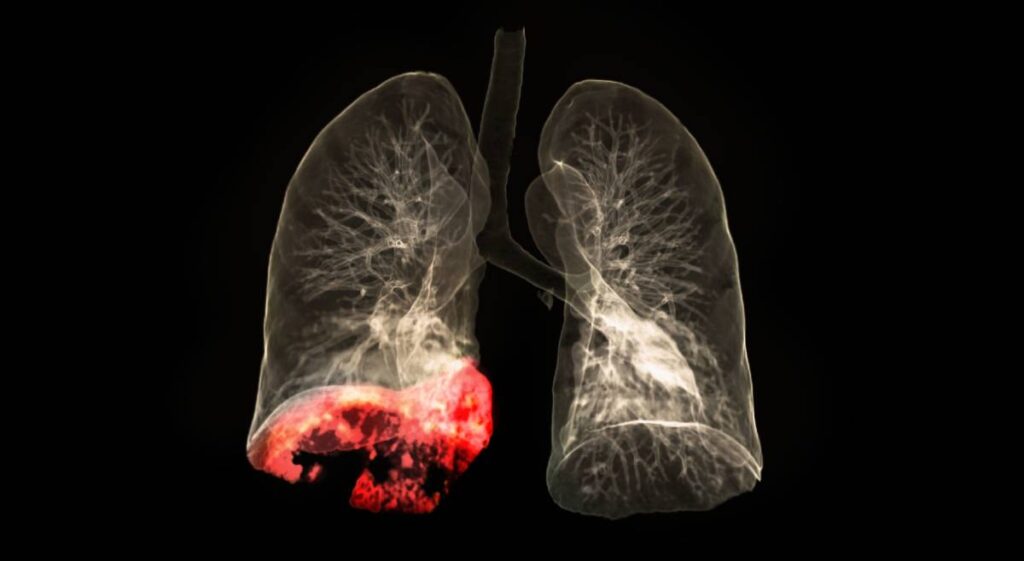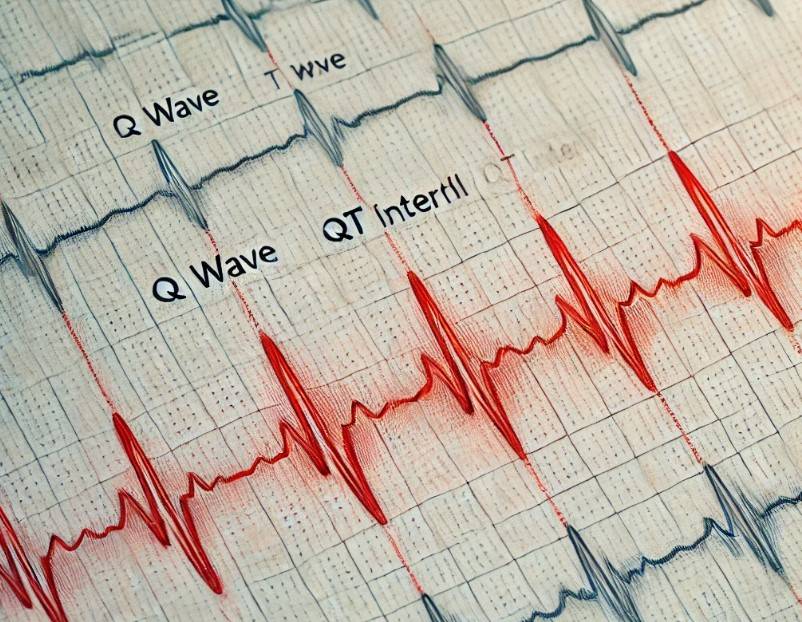Public Health Trends to Be Aware of This Fall

As the fall season approaches, healthcare systems and the public face both recurring and emerging health concerns. Each fall brings shifts in respiratory illness patterns, behavioral health needs, and chronic disease management challenges. Staying ahead of these trends helps clinicians, policymakers, and communities prepare effectively. Fall marks the start of influenza and respiratory syncytial virus […]
Cognitive Training Before Anesthesia and Surgery

As the global population ages and more elderly patients undergo surgery, healthcare providers are facing new challenges—among them, how to minimize postoperative cognitive decline. One promising strategy is preoperative cognitive training, a non-invasive, proactive approach designed to strengthen the brain’s resilience before anesthesia and surgery. Surgical procedures, especially those requiring general anesthesia, can place significant […]
Progress in Fighting the Opioid Crisis

Over the past decade, the opioid crisis has emerged as one of the most devastating public health challenges in the United States. Despite the ongoing severity of the opioid epidemic, however, recent developments in public health strategies, pharmaceutical oversight, and harm reduction programs are yielding measurable progress in curbing the impact of the crisis. Significant […]
Use of Norepinephrine in Anesthesia

Norepinephrine, a potent α-adrenergic and β-adrenergic agonist, has become a cornerstone in managing hemodynamic instability during anesthesia. Maintaining blood pressure within a safe range during a procedure is essential for improving patient outcomes. Anesthetic drugs, blood loss during surgery, and other perioperative factors can negatively affect hemodynamics. Norepinephrine is one of several drugs that are […]
Muscle Relaxing Effects of Volatile Anesthetics

Volatile anesthetics, including isoflurane, sevoflurane, and desflurane, are fundamental components of modern anesthesia practice. They are used for general anesthesia, during which the patient is unconscious and unaware of their surgery or procedure, and they are often combined with neuromuscular blocking agents that prevent movement. However, volatile anesthetics themselves also have some muscle relaxing effects […]
Anesthesia Considerations for Patients with Lung Scarring

Lung scarring, also known as pulmonary fibrosis, occurs when the tissue of the lungs becomes damaged and scarred, often leading to difficulty in breathing, reduced lung function, and a variety of respiratory complications. Patients with lung scarring require special consideration when undergoing anesthesia. They present unique challenges for anesthesiologists, as their lung condition affects how […]
Uses of Intravenous Midazolam

Midazolam is a versatile benzodiazepine commonly used in clinical settings for anesthesia induction. It is water-soluble in its acid formulation but highly lipid soluble in vivo. The drug also has a relatively rapid onset of action and high metabolic clearance compared to other benzodiazepines, which is highly practical for more urgent cases.1,2 Though midazolam can […]
Fluoxetine (Prozac) and Propofol

Fluoxetine, more commonly known by its brand name Prozac, is an antidepressant medication belonging to the selective serotonin reuptake inhibitor (SSRI) drug class. By blocking the reuptake of the neurotransmitter serotonin, Prozac can reduce depression and induce feelings of happiness or well-being.1 Propofol is a widely used general anesthesia that exerts its effects by binding […]
Applications of POCUS
Point-of-care ultrasound (POCUS) has become an essential tool in modern medicine, significantly improving the accuracy of diagnostic and therapeutic interventions. Initially popularized in emergency and critical care settings, POCUS now also has applications to anesthesiology and perioperative medicine. Its real-time imaging capabilities, portability, and non-invasive nature make it a valuable resource for clinicians managing complex […]
Prolonged QT and Opioids

Opioids, commonly used for pain management, have been associated with a variety of cardiac complications, including QT prolongation, which is a critical marker of increased risk for cardiac rhythm abnormalities. QT prolongation represents a delay in the heart’s electrical system, increasing the risk of potentially fatal arrhythmias such as torsades de pointes. Several opioids, including […]